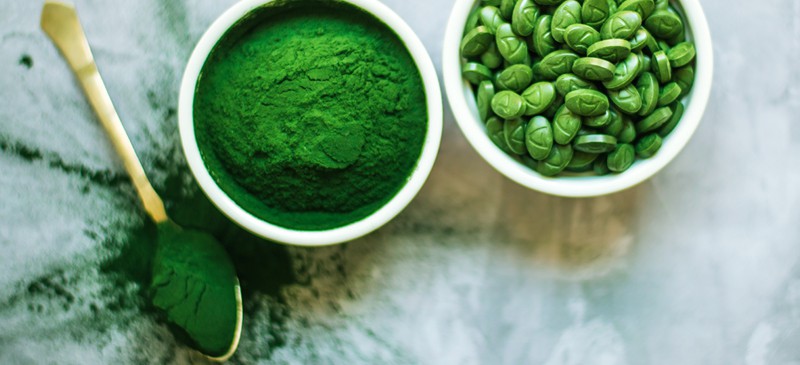Dihé is a nutrient-rich indigenous variety of the blue-green algae Spirulina harvested by women on the edges of Lake Chad.
The Food and Agriculture Organisation (FAO) of the United Nations in 2010 said Dihé may one day be significant to the fight against malnutrition the world over.
This highly nutritious supplement is a rich source of protein, iron and beta-carotene and can enhance the nutritional value of diets that are poor in these nutrients.

The nutrients and antioxidant found in Dihé is beneficial to the body and the brain functionality.
It is a super food consumed by humans and sometimes animals believed to have anti-cancer properties and reduces high-blood pressure as well. In some instances, it is said to have cured anaemia and helped to build muscles.
In Chad, only Kanembu women harvest Dihé. They are the largely segregated black people in the Moors society or the “vulnerable women of the low Blacksmith caste.”
Dihé is a staple in the Kanem region of Chad. The locals learnt ways of harvesting the algae without destroying the ecosystems that it thrives in.

Dihé grows in a specific ecosystem known as ouaddis or oases. The oases are small stretches of water found on the eastern side of Lake Chad. The algae are present throughout the year but rampant in the rainy season, between June and September.
Men have no place around the harvesting of Dihé. They are entirely banned from entering the water because it is widely believed that when they do, they would render the lake barren. Each woman can harvest about 4 to 8 kg a day.
Traditionally, Dihé is harvested directly unto the sand near the Wadis (riverbeds, where conditions are suitable for the development of natural Spirulina).
The harvest process is supervised by an elderly woman in the community and it starts very early in the morning. The women scoop the blue-green algae floating on the surface of the lake into clay jars or baskets into the Wadis.
It is then filtered and sun-dried into thin baskets on the shores of the lake. The semi-dried algae are cut into small squares and sent to the villages to finish drying on mats in the sun.
To prepare the Dihé it is crumbled into a bowl with the hand or with a mortar and pestle until smooth and made into a traditional sauce that has a naturally bitter aftertaste. One can add beans or dried fish and meat to the sauce which can be paired with milk, rice and oil.
In recent times besides it being consumed by most locals, it is a stable source of income for the Kanembu women. They sell the excess for local consumers and wholesalers.

In 2007, the FAO launched a project to show the women how to harvest more efficiently, hygienically and package them for the international market.
According to Mahamat Sorto, the project’s coordinator in Chad, ten tons of improved Dihé have now been produced and sold through pharmacies and groceries in the country, generating 50 million CFA Francs (€75,000) of profits for 500 women at the time.
Spirulina is now being commercialized and pharmacies across the globe stock spirulina. It is gaining a niche market as a dietary supplement.
The algae are grown commercially in anaerobic digesters but Sorto claimed the naturally produced Chad variety has better nutritional value because it is harvested under natural conditions.










